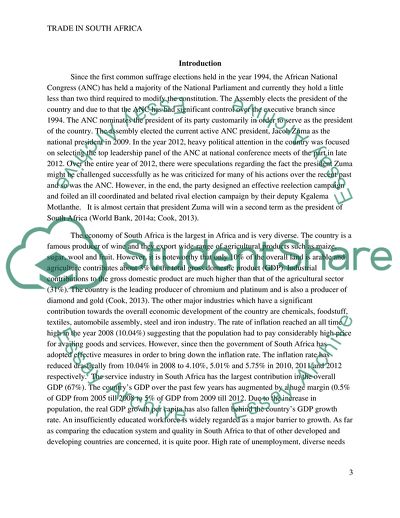Cite this document
(Trade in South Africa Term Paper Example | Topics and Well Written Essays - 3250 words, n.d.)
Trade in South Africa Term Paper Example | Topics and Well Written Essays - 3250 words. https://studentshare.org/macro-microeconomics/1810727-trade-in-south-africa
Trade in South Africa Term Paper Example | Topics and Well Written Essays - 3250 words. https://studentshare.org/macro-microeconomics/1810727-trade-in-south-africa
(Trade in South Africa Term Paper Example | Topics and Well Written Essays - 3250 Words)
Trade in South Africa Term Paper Example | Topics and Well Written Essays - 3250 Words. https://studentshare.org/macro-microeconomics/1810727-trade-in-south-africa.
Trade in South Africa Term Paper Example | Topics and Well Written Essays - 3250 Words. https://studentshare.org/macro-microeconomics/1810727-trade-in-south-africa.
“Trade in South Africa Term Paper Example | Topics and Well Written Essays - 3250 Words”. https://studentshare.org/macro-microeconomics/1810727-trade-in-south-africa.


